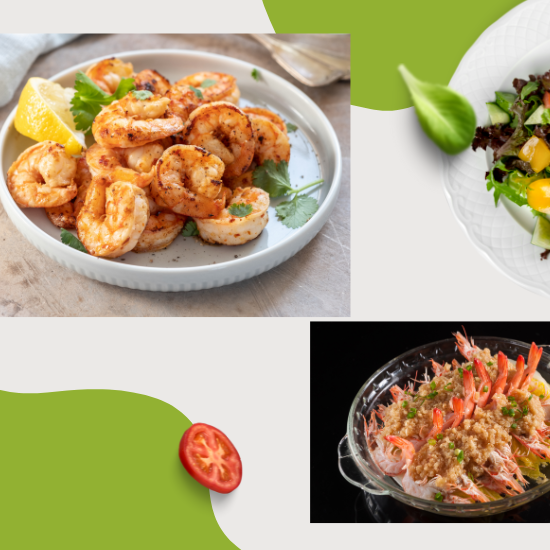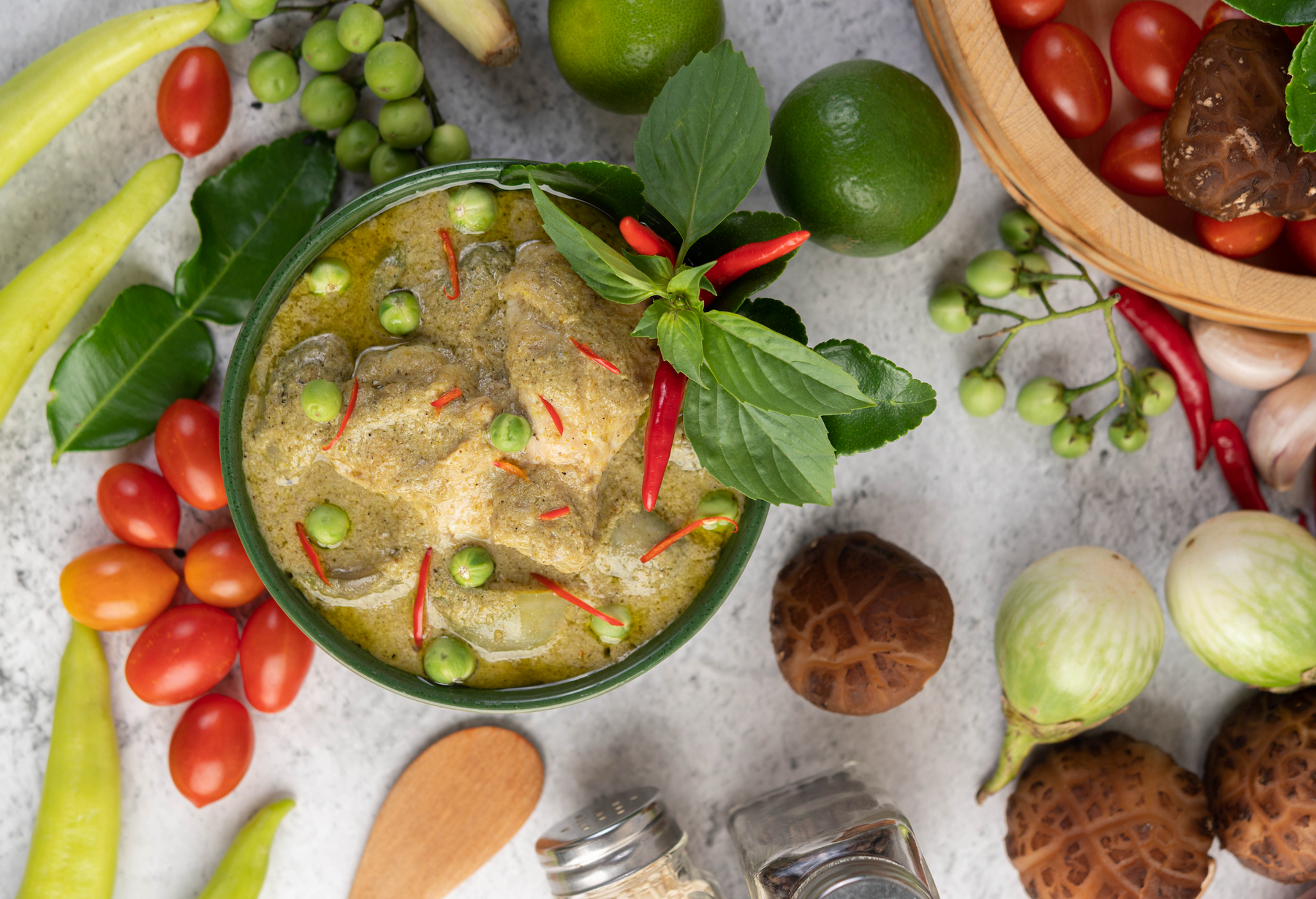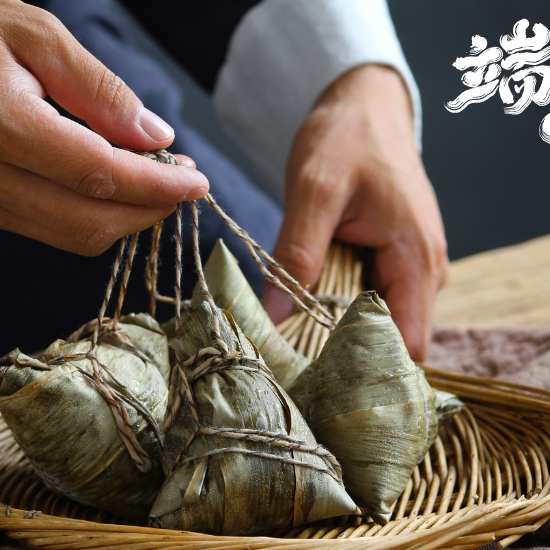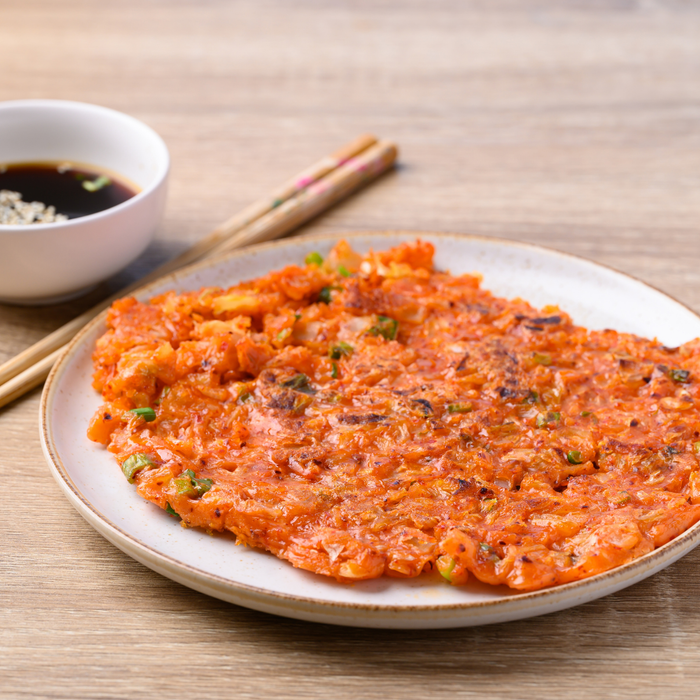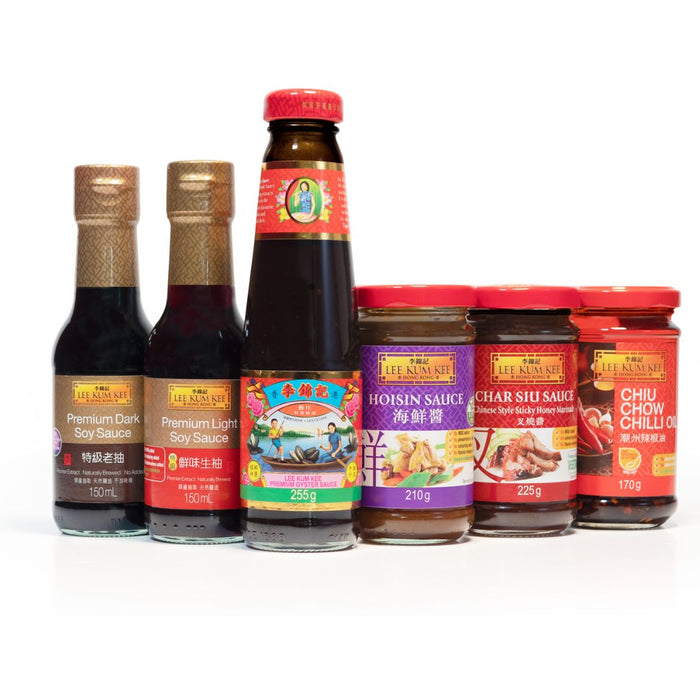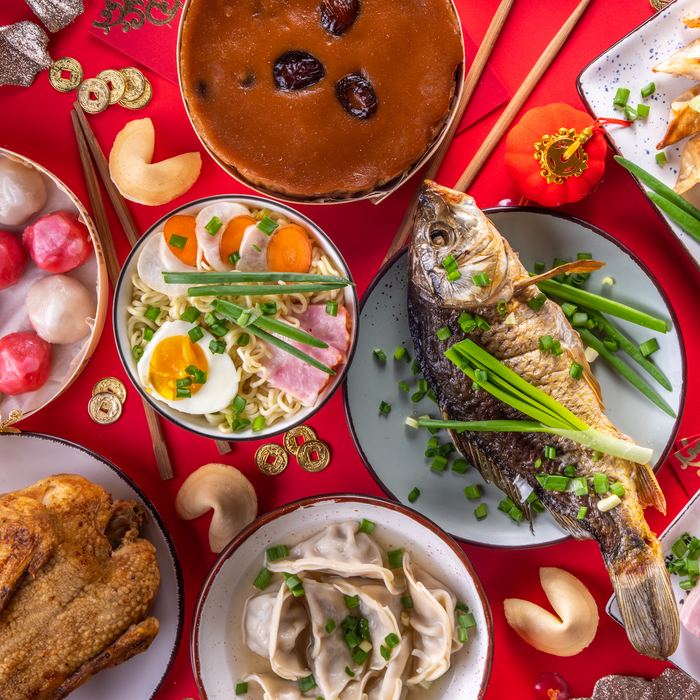Embarking on a culinary journey into Thai cuisine can be an exhilarating experience. Known for its vibrant flavors, aromatic herbs, and balance of sweet, sour, salty, and spicy notes, Thai cooking is a delightful fusion of tastes that captivates the senses. To create authentic Thai dishes in the comfort of your home, it's essential to stock your pantry with some staple ingredients. Let's explore the must-have Thai ingredients that any budding chef needs to have at home.
-
Fish Sauce: At the heart of many Thai dishes lies fish sauce, a savory and salty liquid made from fermented fish. It adds depth and umami to various recipes and is a fundamental element in Thai cooking. When choosing fish sauce, opt for a high-quality brand for a more authentic taste.
-
Thai Curry Paste: Thai cuisine is renowned for its diverse curries, and having a selection of curry pastes is crucial. Red, green, and yellow curry pastes are the most common and serve as the foundation for many Thai curries. These pastes are a harmonious blend of herbs and spices, offering an easy way to infuse complex flavors into your dishes.
-
Coconut Milk: Creamy and rich, coconut milk is a staple in Thai cooking, adding a luscious texture to curries, soups, and desserts. Whether you opt for canned or fresh, coconut milk is a versatile ingredient that balances the spiciness of Thai dishes while imparting a hint of sweetness.
-
Galangal: Often mistaken for ginger, galangal has a distinct flavor that is essential in Thai cuisine. Its citrusy, pine-like taste adds a unique dimension to dishes. Use it in soups, curries, and stir-fries to capture the authentic taste of Thai cooking.
-
Kaffir Lime Leaves: The aromatic leaves of the kaffir lime tree are a quintessential ingredient in Thai cuisine. With their citrusy fragrance, these leaves elevate the flavor of soups, curries, and stews. Tear them or bruise them slightly before adding to release their essential oils.
-
Thai Bird Chilies: Spice is a defining element of Thai cuisine, and Thai bird chilies are the go-to choice for adding heat. Be cautious, as these small chilies pack a punch. Adjust the quantity based on your spice tolerance, and remember that removing the seeds can help control the heat.
-
Lemongrass: Known for its bright, citrusy flavor, lemongrass is a key ingredient in Thai cooking. Use the bottom part of the stalk in curries, soups, and marinades to infuse a zesty, aromatic essence.
-
Palm Sugar: Thai cuisine balances sweet and savory, and palm sugar is the traditional sweetener of choice. It imparts a unique, caramel-like sweetness to dishes. Grate or chop it for easy incorporation into sauces, marinades, and desserts.
-
Shrimp Paste: Shrimp paste, made from fermented ground shrimp, is a potent umami booster in Thai cuisine. While its aroma may be strong, a small amount adds depth and complexity to curries and stir-fries.
-
Rice Noodles: To complete your Thai pantry, don't forget rice noodles. Available in various thicknesses, they are the foundation for classic dishes like Pad Thai and Thai noodle soups.
Stocking your kitchen with these essential Thai ingredients sets the stage for a culinary adventure filled with bold flavors and aromatic delights. Whether you're a seasoned chef or a home cook eager to explore new cuisines, these staples will empower you to create authentic Thai dishes that transport your taste buds to the bustling markets and vibrant street food stalls of Thailand. Embrace the diversity of Thai flavors, and let your kitchen become a canvas for the art of Thai cooking.
